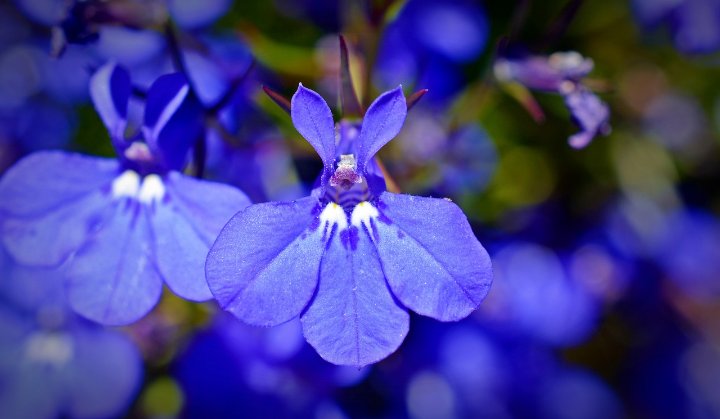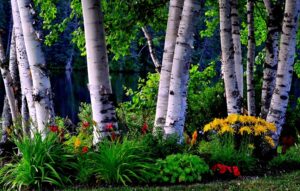Lobelias, with their delicate blooms and vibrant colors, are a delightful addition to any garden or landscape. Whether cascading from hanging baskets, lining garden borders, or adding a pop of color to mixed containers, these versatile plants are sure to impress.
Best Lobelias Varieties
| Image | Name | Rating | Shop |
|---|---|---|---|
 | Annual Blue Lobelia Ground Cover |  | |
 | Park Seed Starship Deep Rose Lobelia Seeds |  | |
 | Park Seed Fountain Blue Lobelia Seeds |  |
Lobelias Hardiness Zones
Lobelias are best suited for USDA hardiness zones 10-11 and are native to Africa. While they thrive in tropical and subtropical climates, they can also be grown as annuals or overwintered indoors in colder regions.
How Much Sun Do Lobelias Need

Lobelias thrive in a variety of light conditions, from full sun to partial shade. However, they tend to perform best in areas with partial shade, especially in regions with hot summers. Plant them in a location where they can receive some sunlight but are protected from the intense afternoon sun.
Lobelias Soil Requirements
When it comes to soil, lobelias prefer moist but well-drained soil with a slightly acidic to neutral pH. Amending the soil with organic matter, such as compost or peat moss, can help improve drainage and fertility, ensuring healthy root development and vigorous growth.
Lobelias Plant Spacing
Lobelia plants typically reach a height of 6-9 inches tall and spread 9-10 inches wide. When planting lobelias, space them accordingly to allow for adequate air circulation and room for growth. Proper spacing ensures that each plant has enough space to develop fully and produce an abundance of blooms.
Lobelias Temperature and Humidity Requirements
Lobelias prefer moderate temperatures and moderate humidity levels. While they can tolerate a range of temperatures, they may struggle in extreme heat or humidity. Provide consistent watering and avoid planting them in areas prone to waterlogged soil, which can lead to root rot and other moisture-related issues.
Lobelias Water Requirements
Keeping the soil evenly moist is key to the health and vitality of lobelias. Water them regularly, especially during periods of hot, dry weather, to prevent the soil from drying out completely. However, be careful not to overwater, as waterlogged soil can lead to root rot and other fungal diseases.
Lobelias Fertilizer Requirements
Lobelias are heavy feeders and benefit from regular fertilization throughout the growing season. Use a balanced fertilizer, applying it according to package instructions. Alternatively, incorporate slow-release fertilizer into the soil at planting time to provide a steady supply of nutrients to the plants.
Lobelias Pests and Diseases
While lobelias are relatively pest and disease-resistant, they can occasionally encounter issues with spider mites, especially in hot, dry conditions. Monitor your plants regularly for signs of pest infestations and take appropriate measures to control them, such as using insecticidal soap or horticultural oil. Additionally, practice good garden hygiene by removing debris and dead plant material to prevent the spread of diseases.
Types of Lobelia
There are several popular varieties of lobelia, each with its unique characteristics:
– Cardinal flower (Lobelia cardinalis): Known for its vibrant red blooms, cardinal flower adds a splash of color to garden beds and borders.
– Great lobelia (Lobelia siphilitica): With its striking blue flowers, great lobelia is a favorite among pollinators and butterflies.
– Lobelia erinus ‘Alba’: This variety features delicate white flowers that contrast beautifully with its dark green foliage, making it an elegant choice for containers and hanging baskets.
In conclusion, by providing the right growing conditions, including adequate sunlight, well-drained soil, and regular watering and fertilization, you can cultivate healthy and vibrant lobelia plants that enhance the beauty of your garden. With their versatility and resilience, lobelias are sure to become a cherished addition to any landscape.












